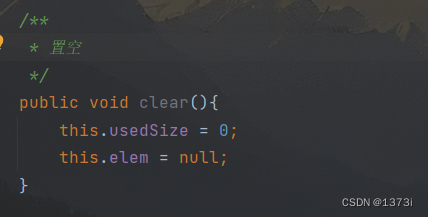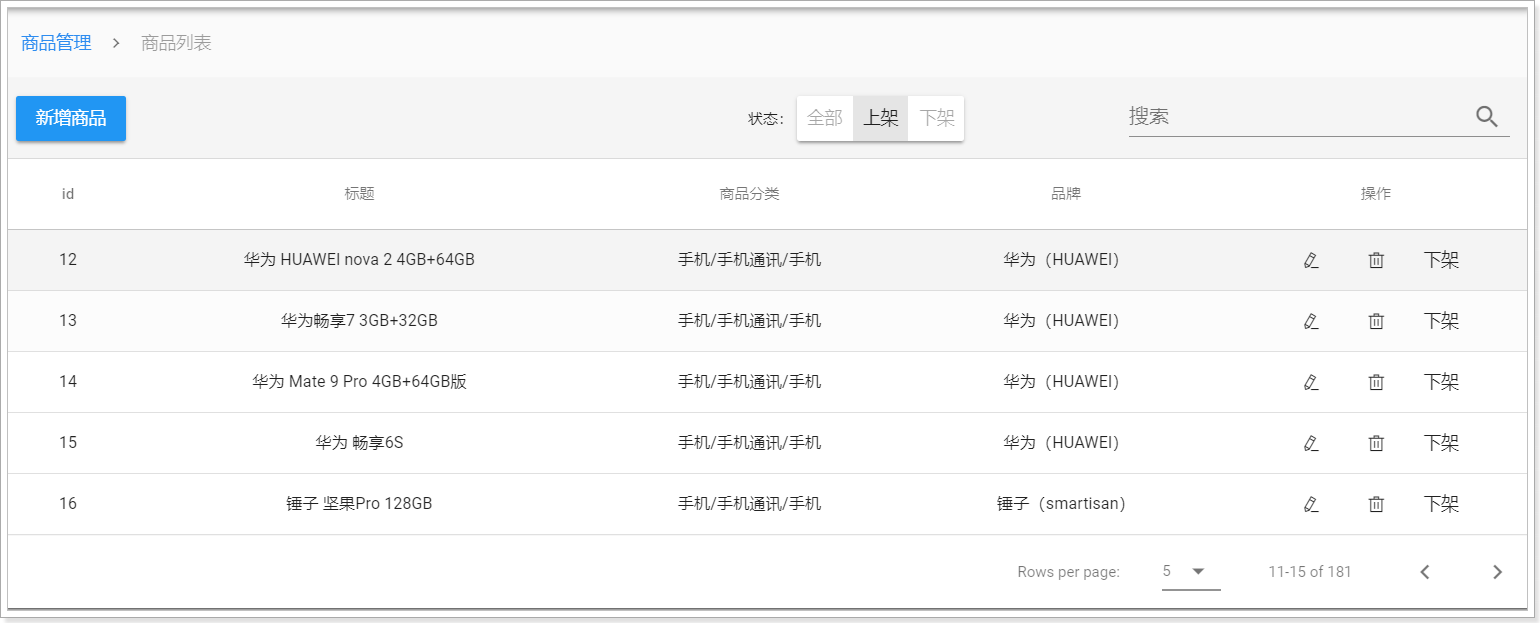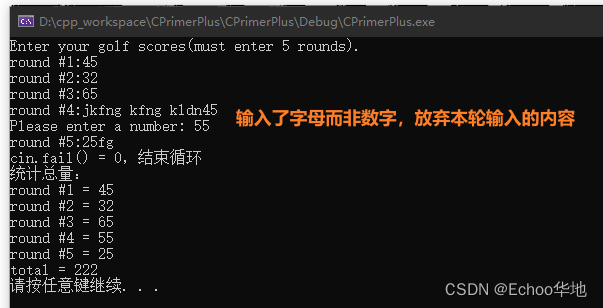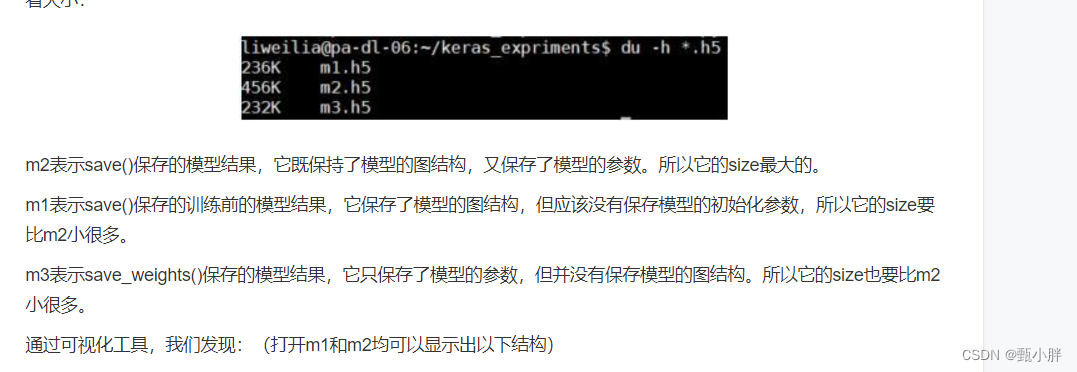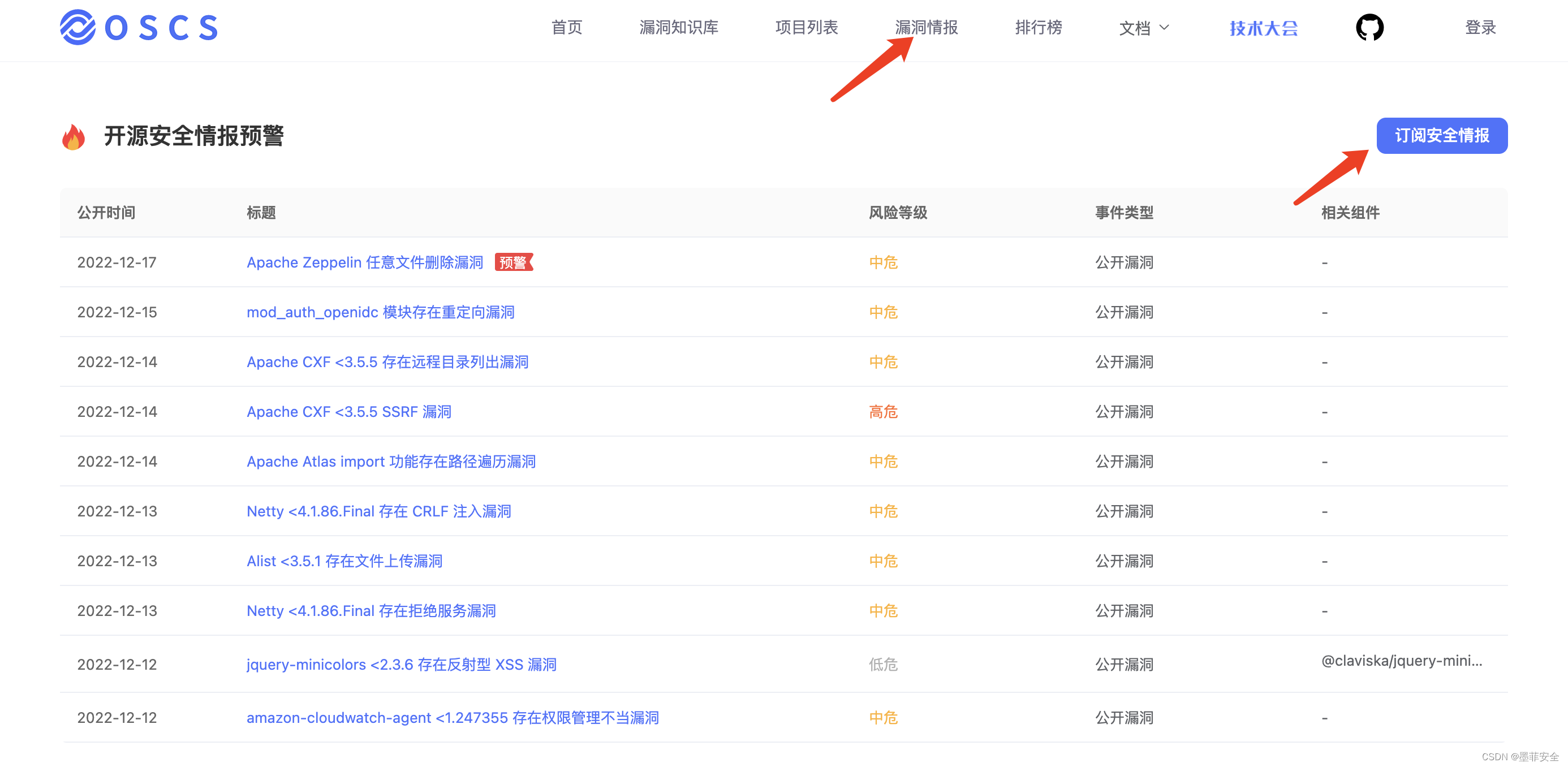一,Amoeba介绍
1、什么是amoeba?
Amoeba(变形虫)项目,专注 分布式数据库 proxy 开发。座落与Client、DB Server(s)之间。对客户端透明。具有负载均衡、高可用性、sql过滤、读写分离、可路由相关的query到目标数据库、可并发请求多台数据库合并结果。
主要解决:
• 降低 数据切分带来的复杂多数据库结构
• 提供切分规则并降低 数据切分规则 给应用带来的影响
• 降低db 与客户端的连接数
• 读写分离
2、为什么要用Amoeba
目前要实现mysql的主从读写分离,主要有以下几种方案:
1、 通过程序实现,网上很多现成的代码,比较复杂,如果添加从服务器要更改多台服务器的代码。
2、 通过mysql-proxy来实现,由于mysql-proxy的主从读写分离是通过lua脚本来实现,目前lua的脚本的开发跟不上节奏,而写没有完美的现成的脚本,因此导致用于生产环境的话风险比较大,据网上很多人说mysql-proxy的性能不高。
二、实验环境
1、准备五台主机,其中三台已经实现了Mysql的主从复制(主从复制不再演示,从安装Amoeba开始),一台安装Amoeba,一台用作试验机
-
mysql-master:192.168.200.111
-
mysql-slave1:192.168.200.112
-
mysql-slave2:192.168.200.113
-
Amoeba:192.168.200.114
-
Client:192.168.200.115
2、所有主机关闭安全机制和防火墙。
[root@localhost ~]# systemctl stop firewalld [root@localhost ~]# iptables -F [root@localhost ~]# setenforce 0
二、在主机Amoeba上安装java环境(192.168.200.114)
1、上传需要的安装包
[root@amoeba ~]# ls amoeba-mysql-binary-2.2.0.tar.gz jdk-6u14-linux-x64.bin anaconda-ks.cfg
2、执行.bin文件(就相当于解压.tar包)
[root@amoeba ~]# chmod +x jdk-6u14-linux-x64.bin [root@amoeba ~]# ./jdk-6u14-linux-x64.bin [root@amoeba ~]# mv jdk1.6.0_14/ /usr/local/jdk1.6
3、设置开机启动项,添加内容

[root@amoeba ~]# vim /etc/profile export JAVA_HOME=/usr/local/jdk1.6 //声明一个全局变量JAVA_HOME,安装路径为/usr/local/jdk1.6 export CLASSPATH=$CLASSPATH:$JAVA_HOME/lib:$JAVA_HOME/jre/lib //更新类的搜索路径 export PATH=$PATH:$JAVA_HOME/lib:$JAVA_HOME/jre/bin:$HOME/bin export AMOEBA_HOME=/usr/local/amoeba //amoeba的解压路径 export PATH=$PATH:$AMOEBA_HOME/bin //amoeba的命令

4、jdk安装完成后,java的版本与jdk的版本不同,删除高版本的java程序文件,重新执行一下/etc/profile

[root@amoeba ~]# java -version openjdk version "1.8.0_222" OpenJDK Runtime Environment (build 1.8.0_222-b10) OpenJDK 64-Bit Server VM (build 25.222-b10, mixed mode) [root@amoeba ~]# which java /usr/bin/java [root@amoeba ~]# rm -rf /usr/bin/java [root@amoeba ~]# source /etc/profile [root@amoeba ~]# java -version java version "1.6.0_14" Java(TM) SE Runtime Environment (build 1.6.0_14-b08) Java HotSpot(TM) 64-Bit Server VM (build 14.0-b16, mixed mode)

三、安装并配置Amoeba(192.168.200.114)
1、解压安装包
[root@amoeba ~]# mkdir /usr/local/amoeba [root@amoeba ~]# tar -xf amoeba-mysql-binary-2.2.0.tar.gz -C /usr/local/amoeba/ [root@amoeba ~]# chmod -R 755 /usr/local/amoeba/
2、配置Amoeba的读写分离,两个Slave读负载均衡
在Master、Slave1、Slave2服务器中配置Amoeba的访问授权

[root@mysql-m ~]# mysql -uroot -p123123 //三台主机都要执行 MariaDB [(none)]> grant all on *.* to 'test'@'192.168.200.%' identified by '123123'; //对所有库下的所有表,授权的用户名为test,允许访问的网段为200网段,密码为123123. Query OK, 0 rows affected (0.01 sec) MariaDB [(none)]> flush privileges; Query OK, 0 rows affected (0.00 sec)

4、编辑amoeba.xml配置文件

[root@amoeba ~]# cd /usr/local/amoeba/ [root@amoeba amoeba]# ls benchmark changelogs.txt lib README.html bin conf LICENSE.txt [root@amoeba amoeba]# cd conf/ [root@amoeba conf]# ls access_list.conf dbServers.xml log4j.xml amoeba.dtd function.dtd rule.dtd amoeba.xml functionMap.xml ruleFunctionMap.xml dbserver.dtd log4j.dtd rule.xml [root@amoeba conf]# cp amoeba.xml amoeba.xml.bak [root@amoeba conf]# vim amoeba.xml 30 <property name="user">amoeba</property> //客户端必须拿这个用户名和密码登录amoeba 32 <property name="password">123123</property> 115 <property name="defaultPool">master</property> //默认 118 <property name="writePool">master</property> //写的池,交给master 119 <property name="readPool">slaves</property> //读的池,交给slaves组

5、编辑dbServer.xml配置文件

[root@amoeba conf]# cp dbServers.xml dbServers.xml.bak [root@amoeba ~]# vim /usr/local/amoeba/conf/dbServers.xml 19 <!-- mysql port --> 20 <property name="port">3306</property> 21 22 <!-- mysql schema --> 23 <property name="schema">test</property> 24 25 <!-- mysql user --> 26 <property name="user">test</property> 27 28 <!-- mysql password --> 29 <property name="password">123123</property> 45 <dbServer name="master" parent="abstractServer"> 46 <factoryConfig> 47 <!-- mysql ip --> 48 <property name="ipAddress">192.168.200.111</property> 49 </factoryConfig> 50 </dbServer> 51 52 <dbServer name="slave1" parent="abstractServer"> 53 <factoryConfig> 54 <!-- mysql ip --> 55 <property name="ipAddress">192.168.200.112</property> 56 </factoryConfig> 57 </dbServer> 58 <dbServer name="slave2" parent="abstractServer"> 59 <factoryConfig> 60 <!-- mysql ip --> 61 <property name="ipAddress">192.168.200.113</property> 62 </factoryConfig> 63 </dbServer> 66 <dbServer name="slaves" virtual="true"> //声明组 67 <poolConfig class="com.meidusa.amoeba.server.MultipleServerPool"> 68 <!-- Load balancing strategy: 1=ROUNDROBIN , 2=WEIGHTBASED , 3=HA--> 69 <property name="loadbalance">1</property> //组内成员的效果为轮询 70 71 <!-- Separated by commas,such as: server1,server2,server1 --> 72 <property name="poolNames">slave1,slave2</property> 73 </poolConfig> 74 </dbServer>

6、配置无误后,启动Amoeba软件,默认端口为TCP协议8066
nohup:执行命令不依赖于任何终端

[root@amoeba ~]# nohup /usr/local/amoeba/bin/amoeba start & //将命令放到后台运行,不依赖于任何终端 [root@amoeba ~]# netstat -lnpt //查看端口8066 Active Internet connections (only servers) Proto Recv-Q Send-Q Local Address Foreign Address State PID/Program name tcp 0 0 0.0.0.0:22 0.0.0.0:* LISTEN 1366/sshd tcp 0 0 127.0.0.1:25 0.0.0.0:* LISTEN 1632/master tcp6 0 0 :::8066 :::* LISTEN 21943/java tcp6 0 0 127.0.0.1:18195 :::* LISTEN 21943/java tcp6 0 0 :::22 :::* LISTEN 1366/sshd tcp6 0 0 ::1:25 :::* LISTEN 1632/master

四、client客户机访问测试(192.168.200.115)
安装mariadb
1、连接数据库测试

[root@client ~]# mysql -u amoeba -p123123 -h 192.168.200.114 -P 8066 Welcome to the MariaDB monitor. Commands end with ; or \g. Your MySQL connection id is 74675057 Server version: 5.1.45-mysql-amoeba-proxy-2.2.0 MariaDB Server Copyright (c) 2000, 2018, Oracle, MariaDB Corporation Ab and others. Type 'help;' or '\h' for help. Type '\c' to clear the current input statement. MySQL [(none)]>

2、测试读写分离
master主机上

MariaDB [(none)]> create database db_test; Query OK, 1 row affected (0.00 sec) MariaDB [(none)]> use db_test; Database changed MariaDB [db_test]> create table student (id int(10),name varchar(10),address varchar(20)); Query OK, 0 rows affected (0.01 sec)

建完库之后在两台slave机上查看,能看到新建的库说明主从复制没有问题
3、将两台slave主机上的主从服务给关掉

salve1: MariaDB [(none)]> stop salve; ------------------------------------------------------------------------------- slave2: MariaDB [(none)]> stop salve;

编写测试

master:
MariaDB [db_test]> insert into student values('1','crushlinux','this_is_master');
Query OK, 1 row affected (0.01 sec)
---------------------------------------------------------------------------
slave1:
MariaDB [db_test]> insert into student values('2','crushlinux','this_is_slave1');
Query OK, 1 row affected (0.00 sec)
--------------------------------------------------------------------------
slave2:
Database changed
MariaDB [db_test]> insert into student values('3','crushlinux','this_is_slave2');
Query OK, 1 row affected (0.01 sec)

从client客户机上访问,访问到的是两台salve机的轮询

MySQL [db_test]> select * from student; +------+------------+----------------+ | id | name | address | +------+------------+----------------+ | 2 | crushlinux | this_is_slave1 | +------+------------+----------------+ 1 row in set (0.00 sec) MySQL [db_test]> select * from student; +------+------------+----------------+ | id | name | address | +------+------------+----------------+ | 3 | crushlinux | this_is_slave2 | +------+------------+----------------+ 1 row in set (0.01 sec)

4、客户机上添加一个数据,访问,还是读到两台slave机上的

MySQL [db_test]> insert into student values('4','crushlinux','this_is_client');
Query OK, 1 row affected (0.01 sec)
MySQL [db_test]> select * from student;
+------+------------+----------------+
| id | name | address |
+------+------------+----------------+
| 2 | crushlinux | this_is_slave1 |
+------+------------+----------------+
1 row in set (0.01 sec)
MySQL [db_test]> select * from student;
+------+------------+----------------+
| id | name | address |
+------+------------+----------------+
| 3 | crushlinux | this_is_slave2 |
+------+------------+----------------+
1 row in set (0.02 sec)

在client机上写数据时,写交给master主机来处理,两台slave主机没有变化,因为此时主从服务已经停了,所以两台slave机上不会访问到master主机上写入的内容
5、开启主从复制测试

slave1: MariaDB [db_test]> start slave; Query OK, 0 rows affected (0.00 sec) ----------------------------------------------------------------------- slave2: MariaDB [db_test]> start slave; Query OK, 0 rows affected (0.01 sec) ========================================== client: MySQL [db_test]> select * from student; +------+------------+----------------+ | id | name | address | +------+------------+----------------+ | 3 | crushlinux | this_is_slave2 | | 1 | crushlinux | this_is_master | | 4 | crushlinux | this_is_client | +------+------------+----------------+ 3 rows in set (0.01 sec) MySQL [db_test]> select * from student; +------+------------+----------------+ | id | name | address | +------+------------+----------------+ | 2 | crushlinux | this_is_slave1 | | 1 | crushlinux | this_is_master | | 4 | crushlinux | this_is_client | +------+------------+----------------+ 3 rows in set (0.01 sec)

主从复制开启后,两台slave机上可以读取到master主机上写入的数据,client在访问测试的时候就能读到主机上的数据,因为两台slave机是轮询效果,所以能访问到1、2、4或1、3、4
